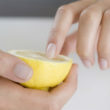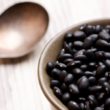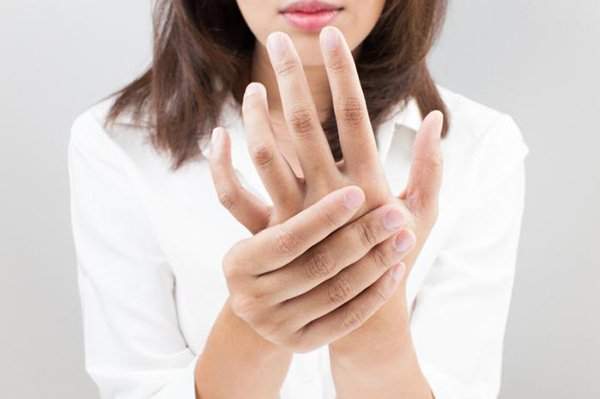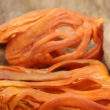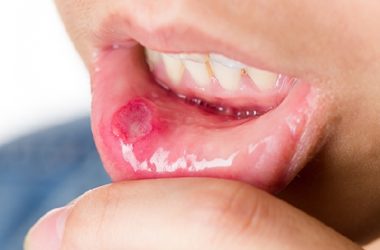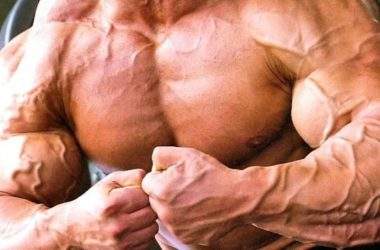Buerger’s disease, also called thromboangitis obliterans, refers to a recurring progressive inflammation and thrombos or clotting of the small and medium arteries and veins of the hands and feet. It is comparable to other cardiovascular disorders, which include atherosclerosis and Raynaud’s phenomenon, a type of vasculitis that is linked to connective tissue disorders.
Causes
The exact cause of Buerger’s disease is idiopathic or unknown, according to Health Line. As per the publication, however, genetics may be one of the root cause of the disease in some people who suffer from the condition. Physiologically, the disorder starts with the swelling or the arteries and the formation of blood clots in the blood vessels, which interferes with the normal blood flow and prevents efficient blood circulation through the tissues and cells. As a result, the tissues die, since they do not receive sufficient oxygen and nutrients.
Epidemiology
According to Medscape, the prevalence of Buerger’s disease has reduced over the last ten years. This is a result of the decline of smoking prevalence, as well as the changes in the severity of the diagnostic criteria. As per the publication, the prevalence of the disorder in the United States in 1947 was 104 cases for every 100,000 population. After that, the prevalence rate declined to approximately 12.6 to 20 cases for every 100,000 population. The disorder is also common in people aged 20 to 45 years and it does not involve children and the elderly. Males usually have the disease, although the incidence rate in women is growing; this is due to the rise of smoking frequency in women. Also, Buerger’s disease is common in Israeli Jews of Ashkenazi desert, as well as in Indian, Japanese, and Korea natives. People who live in north Europe have lower chances of having the disease.
Signs and Symptoms
Buerger’s disease presents a number of symptoms. According to Mayo Clinic, the symptoms include pain, which is intermittent, in the person’s arms, hands, legs, and feet. As per the publication, the pain may take place when the person uses his hands and feet; otherwise, the pain subsides. Other symptoms include inflammation along a below the skin surface due to the blood clot in the vein; Raynaud’s phenomenon or the change in color of fingers and toes to ale when exposed to cold; and painful open sores on the fingers and toes.
Home Remedies
The goal of treatment for Buerger’s disease is to enhance blood flow to the affected extremities. According to Mayo Clinic, possible treatment options include medications, intermittent arm and leg compressions to boost blood flow to the extremities, spinal cord stimulation, surgery to cut the nerves to the involved area, and amputation, if infection or gangrene happens.
For home remedies, as per the publication, the skin is checked for cuts and scrapes; it is done because they can easily become roots of more serious infection. Also, they are protected and are unexposed to cold. If cuts are present, they are cleaned with soap and water. Antibiotic ointment and clean bandage are also applied. Healing should be monitored and failure to heal fast should prompt doctor’s consult.
Herbal remedies also serve as natural ways in the management of gangrene. As per Ygoy, ginkgo, echinacea, horsetail, turmeric, and black cumin oil can be used. According to the publication ginkgo extracts are taken and 25 drops are consumed everyday while 20 echinacea drops are taken thrice a day. Then, 15 to 20 drops of horsetail juice can be applied as a moist compress or added to the person’s bath water. Finally, the blend of turmeric and black cumin oil can be applied over the arm and the legs.
Smoking cessation is also one of the remedies for Buerger’s disease. As per Medscape, the person is advised to stop all use of or exposure to tobacco products, such as nicotine gums and patches, chewing tobacco, and second-hand smoke.
Buerger’s disease is a condition that gives pain and discomfort to a person, leading to interference in the performance of that person’s activities of daily living. Thus, it is best to consult a doctor for proper assessment, planning, and implementation of interventions.
Source: medicalnewstoday.com




